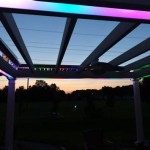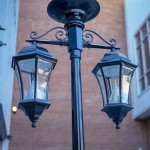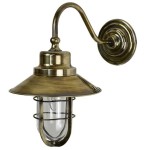Essential Aspects of Photography Outdoor Lighting Tips
Capturing stunning outdoor photographs requires a keen understanding of lighting conditions. Whether you're shooting landscapes, portraits, or wildlife, mastering outdoor lighting techniques will elevate your images to new heights. Here are some essential aspects to consider:
1. Time of Day
The time of day plays a crucial role in determining the quality and intensity of outdoor lighting. The golden hour, which occurs around sunrise and sunset, offers soft, warm light that creates stunning images. Harsh midday sun, on the other hand, can lead to overexposed or washed-out photos.
2. Direction of Light
The direction of light affects the depth of field, shadows, and contrast in your images. Side lighting, which illuminates the subject from the side, creates dramatic shadows and emphasizes texture. Front lighting, which shines directly onto the subject, reduces shadows and provides even illumination.
3. Reflectors and Diffusers
Reflectors and diffusers are essential tools for controlling outdoor lighting. Reflectors bounce light back onto the subject, filling in shadows and creating a more balanced exposure. Diffusers soften harsh sunlight, reducing contrast and minimizing glare.
4. White Balance
White balance adjusts the color temperature of your images to match the lighting conditions. Incorrect white balance can result in unnatural skin tones or unwanted color casts. Use the white balance settings on your camera or post-processing software to ensure accurate color reproduction.
5. Composition
Composition plays a vital role in outdoor photography. Carefully position your subject relative to the light source to create dynamic and visually appealing images. Use leading lines, negative space, and rule of thirds to guide the viewer's eye and enhance the overall impact of your photographs.
6. Exposure Compensation
Exposure compensation allows you to adjust the brightness of your images based on the lighting conditions. In bright sunlight, use negative exposure compensation to reduce overexposure. Conversely, in low-light situations, use positive exposure compensation to brighten the scene.
7. Filters
Filters can be used to enhance outdoor lighting conditions. Polarizing filters reduce glare and reflections from water or foliage. Neutral density filters reduce the amount of light entering the lens, allowing you to use wider apertures and slower shutter speeds.
8. Experimentation
Photography is an art form, and the best way to master outdoor lighting is through experimentation. Try different lighting conditions, compositions, and techniques to discover what works best for your subject and style. Don't be afraid to experiment and push the boundaries of your creativity.
Conclusion
Mastering outdoor lighting techniques is a journey of observation, understanding, and experimentation. By embracing the essential aspects discussed above, you can capture breathtaking outdoor photographs that showcase the beauty and wonder of the world around you.

Essential Lighting Tips For Outdoor Photography Lessons Skills

11 Outdoor Portrait Photography Tips For Easy Shots

The Best Lighting Tips For Outdoor Photography Cool

Outdoor Lighting Tips For Spring Louie Blog

Tips On How To Find Good Natural Lighting Vs Bad Light In Outdoor Portrait Photography For Beginners

11 Outdoor Portrait Photography Tips For Easy Shots

My Top 3 Outdoor Photography Lighting Tips Christi Johnson Creative

Outdoor Wedding Photography Lighting Tips

11 Outdoor Portrait Photography Tips For Easy Shots

A Basic Introduction To Outdoor Photography 4 Top Lighting Tips Ephotozine







